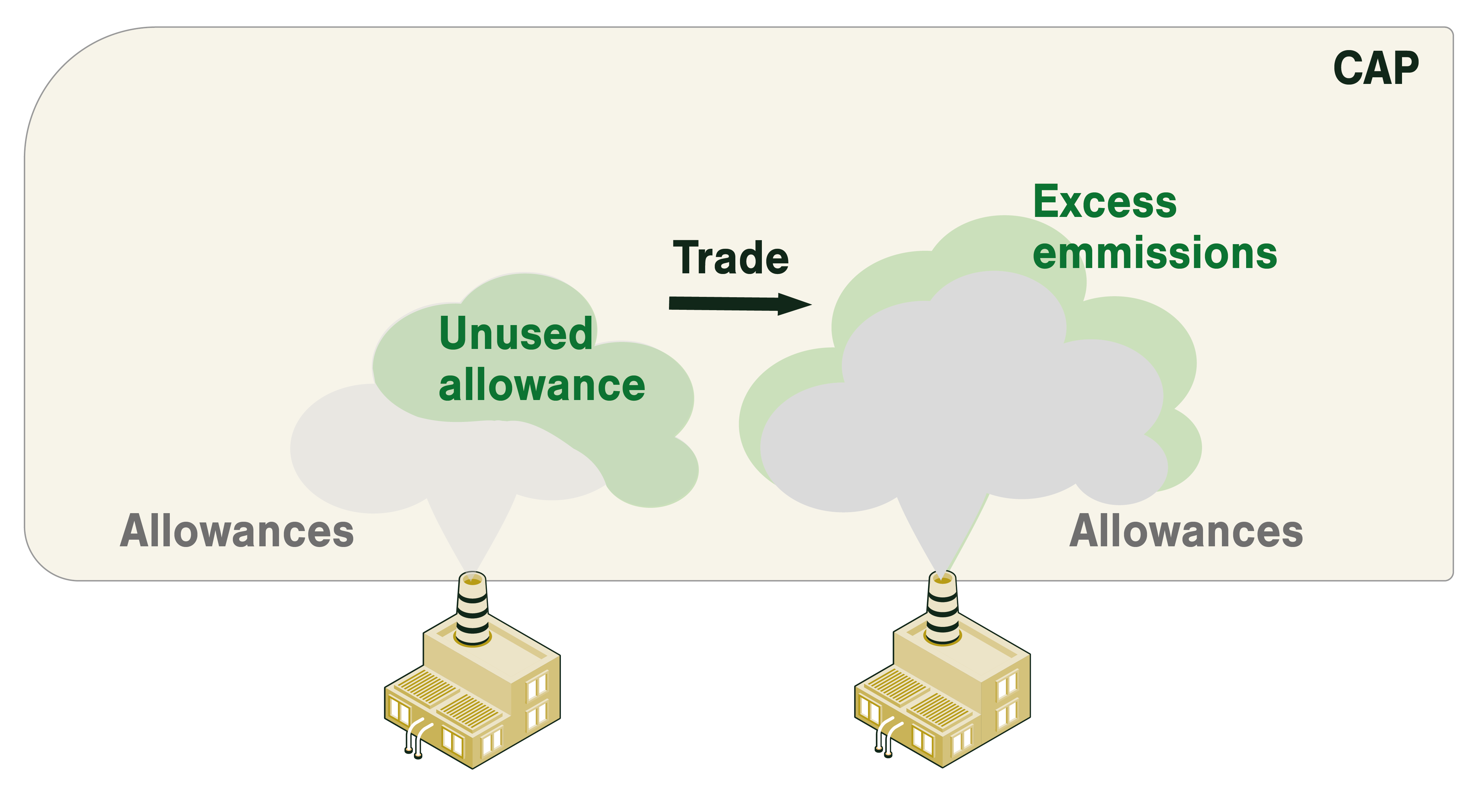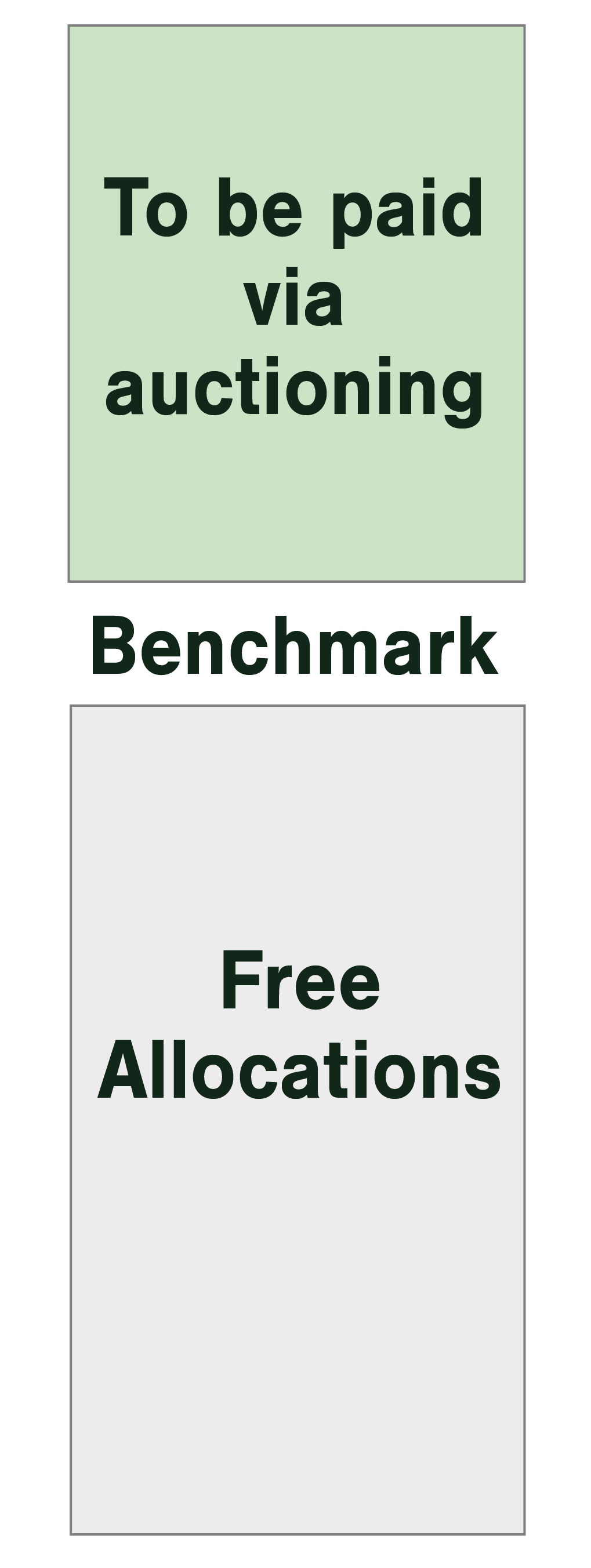EU Emission Trading Scheme
The EU Emission Trading Scheme, a key policy instrument to combat climate change
Adopted in 2005, today the EU ETS covers almost 45% of EU greenhouse gas emissions and has gone through different phases. The next phase (from 2021 to 2030) plans to reduce emissions covered by ETS by 43% compared to 2005 but a new revision and expansion, aiming to ensure the alignment with the new Climate Targets, was proposed by the European Commission to the co-legislators already in June this year, within the “Fit for 55 Package”. The new target for EU GHG emission reduction is 55%.
CAP and Trade principle
The system works on the “cap and trade” principle. This means that there is a “cap” or limit, on the total amount of certain GHG that can be emitted by the industry and the EU is gradually decreasing this limit. Every year all companies included in ETS have to surrender to their authorities the amount of allowances corresponding to their emissions in the previous year. To comply with this requirement, companies receive a certain number of emission allowances and, according to their needs, can sell some or buy more in the market (auctions). The European industry is almost unique, globally, in having this instrument in place but other similar schemes are being discussed in other economies.

The Carbon allowances prices
The Carbon allowances prices of EU ETS have reached high levels in the recent months (almost €45/t CO2 in April 2021). The forthcoming ETS review, together with the first revision of the Market Stability Reserve (an instrument aimed at tackling structural supply-demand imbalances in the ETS) is expected to result in a price increase.
The risk of carbon leakage
“Carbon leakage” refers to the practice of industries that move production from high to lower-regulated regions. The consequences are the relocation of emissions production in countries with lower environmental standards together with the loss of competitiveness for the European industries.
Under the EU Emissions Trading Scheme, an industry exposed to risk of carbon leakage is entitled to free CO₂ allowances up to a benchmark based on the average emissions of the best 10% of the industry’s installations. There are currently 54 benchmarks which were elaborated through extensive technical work and consultations with various stakeholders. In the forthcoming revision under the “Fit for 55 Package”, carbon leakage provisions, free allocation rules and emission benchmarks will be reassessed.

Nitrogen fertilizers at high risk of carbon leakage
When considering the Commission’s two traditional criteria for assessing carbon leakage risks, emission intensity and trade intensity, nitrogen fertilizer are among the industries at the absolutely highest risk